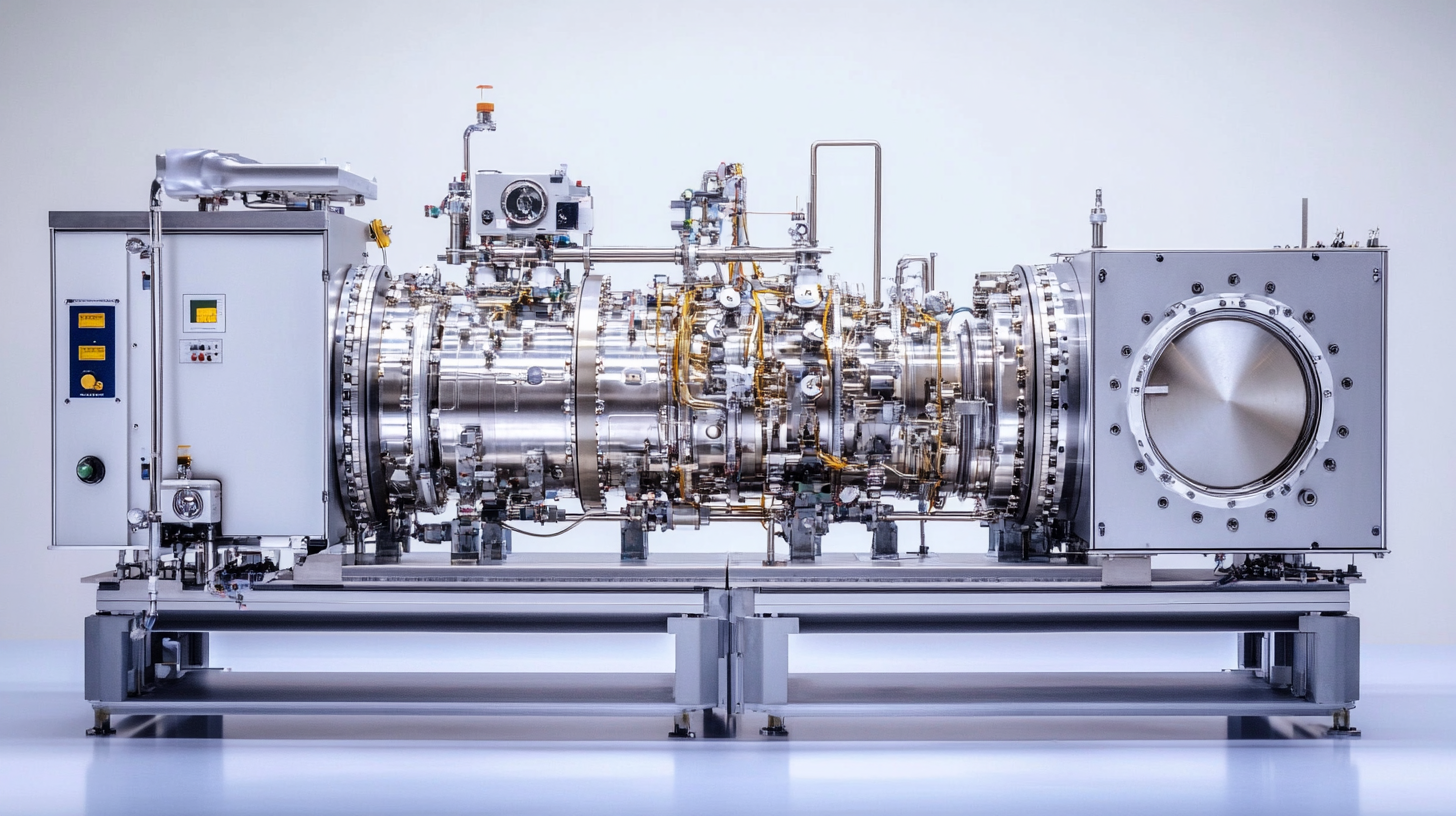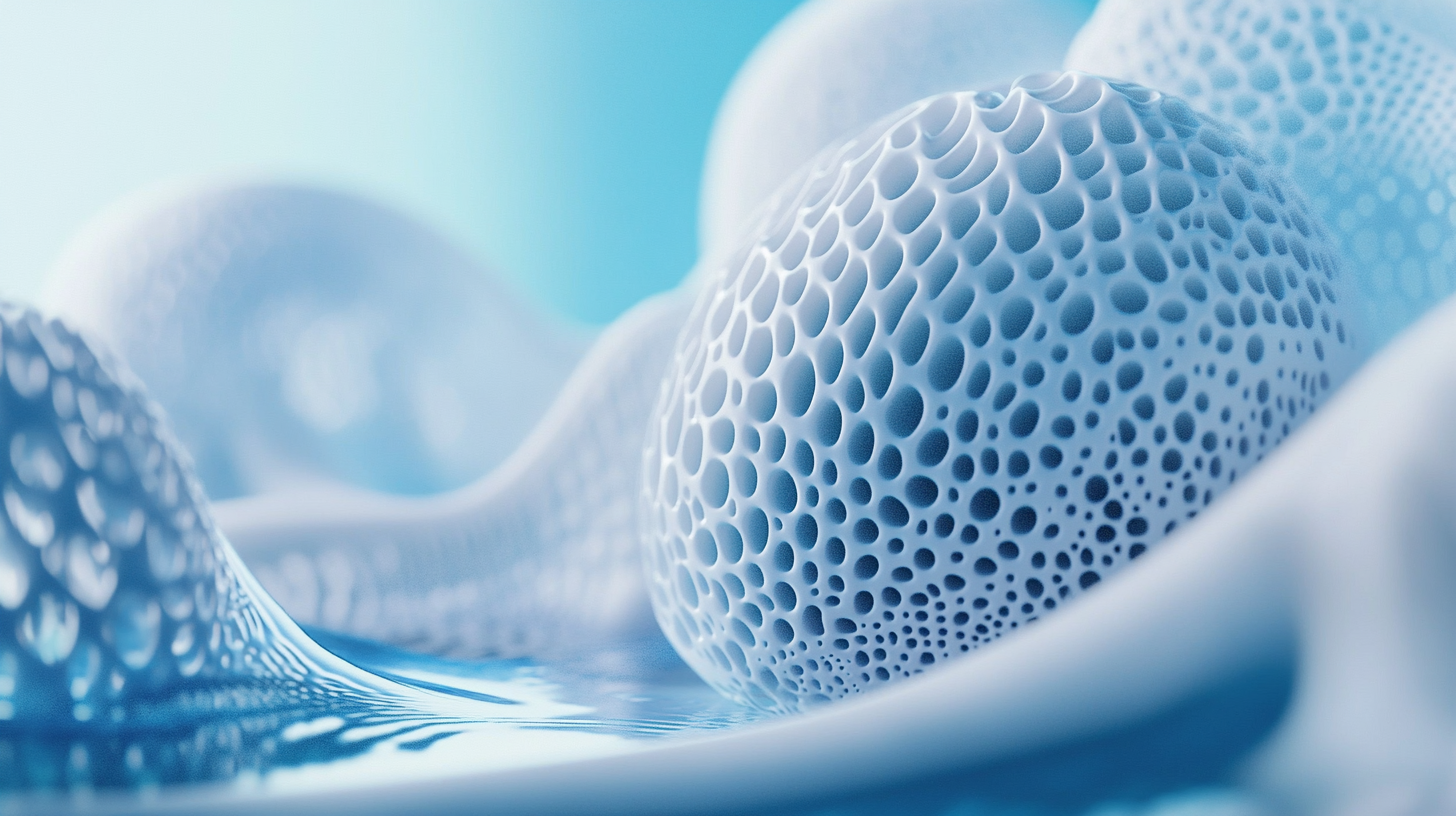Comprehensive Insights into Hot Isostatic Pressing Additive Manufacturing for Global Buyers
In the ever-evolving landscape of additive manufacturing, Hot Isostatic Pressing Additive Manufacturing (HIPAM) stands out as a pivotal technology accelerating innovation and efficiency across various industries. As global demand for high-quality, complex components rises, understanding HIPAM’s role in enhancing material properties, reducing porosity, and enabling intricate designs becomes essential for manufacturers and buyers alike. With its unique ability to combine the advantages of traditional manufacturing with cutting-edge 3D printing techniques, HIPAM is reshaping production processes and offering new avenues for creativity and performance.
This blog aims to provide comprehensive insights into Hot Isostatic Pressing Additive Manufacturing, focusing on its applications, benefits, and the latest advancements that are capturing the attention of global buyers. From aerospace and medical to automotive sectors, the implications of HIPAM are profound, making it crucial for decision-makers to grasp its potential and impact. As we delve deeper into the intricacies of this technology, we will explore how companies can leverage HIPAM to gain a competitive edge, thereby setting the stage for a transformative future in manufacturing.

Understanding Hot Isostatic Pressing in Additive Manufacturing
Hot Isostatic Pressing (HIP) is a pivotal technique in additive manufacturing, bringing exceptional strength and density to metal parts. As the global powder metallurgy market continues to expand, with projections estimating its worth at USD 6.38 billion by 2034 and a substantial CAGR of 8.62%, understanding the role of HIP in this growth is essential for industry stakeholders. In the context of additive manufacturing, HIP enhances the mechanical properties of components by applying high pressure and temperature simultaneously. This process not only eliminates internal porosity but also significantly improves the material's isotropy, making it ideal for high-performance applications. As global buyers increasingly seek reliable methods to produce durable parts, HIP stands out as a game-changer in the adoption and efficiency of additive manufacturing techniques. Moreover, the demand for advanced powder metallurgy solutions is driven by various industries, including aerospace, automotive, and medical sectors. As these industries continue to innovate, the integration of HIP in additive manufacturing processes will likely play a crucial role in meeting the stringent quality standards required. The growing awareness of HIP's benefits is set to influence market trends, encouraging investment and development in this transformative technology.

Key Benefits of Hot Isostatic Pressing for Manufacturers
Hot Isostatic Pressing (HIP) technology has emerged as a crucial process for manufacturers looking to enhance product quality and productivity. With the increasing adoption of additive manufacturing (AM) across various industries, HIP offers significant benefits that directly impact the performance and durability of components. The latest advancements in HIP systems, such as the introduction of cutting-edge equipment, further underscore its relevance in modern manufacturing processes.
The integration of multiple heat treatment processes into a single cycle through advanced HIP systems elevates operational efficiency and promotes consistency in product quality. Recent studies have shown that applying HIP can substantially improve the mechanical properties and corrosion resistance of materials, particularly titanium alloys. For instance, a study on titanium 6-4 revealed notable enhancements in corrosion behavior when subjected to both heat treatment and HIP, which is vital for industries relying on high-performance materials, such as aerospace and medical.
With the global powder metallurgy market projected to reach approximately USD 26 billion by 2033, growing at a CAGR of 8.8%, the importance of HOT Isostatic Pressing continues to rise. As manufacturers strive to meet the demand for advanced materials, incorporating HIP processes will be essential for ensuring high-quality production standards. The recent investments from leading companies in HIP technology further highlight the growing recognition of this process in achieving competitive advantages in the manufacturing landscape.

Comparative Analysis: Hot Isostatic Pressing vs. Traditional Methods
In the realm of additive manufacturing, Hot Isostatic Pressing (HIP) has emerged as a pivotal technique, particularly when compared to traditional methods. Traditional approaches, such as powder metallurgy, often struggle with issues like material density and uniformity. HIP, on the other hand, enhances the mechanical properties of parts by applying isostatic pressure and heat, resulting in a dense microstructure that can significantly reduce defects. Studies have shown that components fabricated using HIP methods exhibit superior tensile strength and elongation compared to those produced by conventional means.
As the biomedical industry increasingly demands advanced materials, the application of HIP can be seen in the development of implants using titanium alloys such as Ti6Al4V. Recent research highlights that the integration of HIP in the manufacturing process enhances osseointegration, making HIP-treated implants more compatible with human body tissues. Enhanced surface properties achieved through HIP also contribute to the longevity and effectiveness of such implants. Additionally, with the rise of additive techniques like Direct Metal Laser Sintering (DMLS) and Electron Beam Melting (EBM), HIP complements these methods by providing post-processing capabilities that further refine the microstructure and properties of the final products.
Moreover, a critical review of powder-based additive manufacturing techniques reveals that while traditional powder metallurgy offers flexibility, HIP provides a more reliable approach for fabricating intricate designs with complex geometries. By leveraging the unique benefits of HIP, manufacturers can create high-performance components that meet stringent industrial standards. These capabilities underscore HIP’s value in not just the biomedical sector, but across various industries aimed at producing superior engineered parts.

Market Trends: The Growth of Hot Isostatic Pressing in Global Supply Chains
The global landscape of manufacturing continues to evolve, driven by technological advancements and emerging market trends. One significant growth area is Hot Isostatic Pressing (HIP), a technique that enhances material properties and ensures the integrity of manufactured components. As global supply chains become increasingly interconnected, the demand for HIP is expected to rise steadily, presenting opportunities for manufacturers and suppliers alike.
Recent market studies indicate that the Hot Isostatic Pressing market is poised for substantial growth, with predictions estimating a compound annual growth rate (CAGR) of 6.1% from 2025 to 2034. This growth mirrors trends observed in related industries, such as the powder metallurgy sector, which is anticipated to expand from USD 11 billion in 2023 to USD 26 billion by 2033, driven by the demand for high-performance materials.
As companies seek innovative ways to enhance product quality and reduce production costs, Hot Isostatic Pressing is becoming a pivotal technique in various applications across aerospace, automotive, and energy sectors. The benefits of HIP, including improved mechanical properties and reduced waste, position it as a critical process in the evolution of manufacturing within global supply chains, reinforcing its status in the marketplace as businesses aim to leverage advanced manufacturing technologies for competitive advantage.
Challenges and Solutions in Implementing Hot Isostatic Pressing Technology
The implementation of Hot Isostatic Pressing (HIP) technology presents both significant challenges and promising solutions for manufacturers looking to enhance their additive manufacturing processes. One primary challenge lies in achieving the ideal combination of pressure and temperature to effectively remove porosity in metallic components while maintaining the integrity of complex geometries. This requires precision and a thorough understanding of material behavior under extreme conditions, which can vary widely depending on the alloy in use.
Recent advancements illustrate how precise process control in HIP can lead to breakthroughs in industries requiring high-performance materials, such as medical devices. For instance, the successful application of HIP technology in the production of titanium implants has demonstrated its ability to enhance mechanical properties and reliability. By overcoming the issues of brittleness and coloration that often plague additive manufacturing, companies can produce orthopedic implants with superior strength and biocompatibility.
Moreover, as more manufacturers adopt HIP technology, the importance of developing standardized protocols and regulations becomes evident. This ensures that all stakeholders in the additive manufacturing supply chain can achieve consistent results. Addressing these challenges through collaborative efforts in material science and engineering innovation is essential as the industry prepares for a new era of manufacturing that prioritizes quality and performance.
